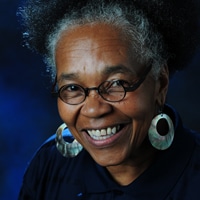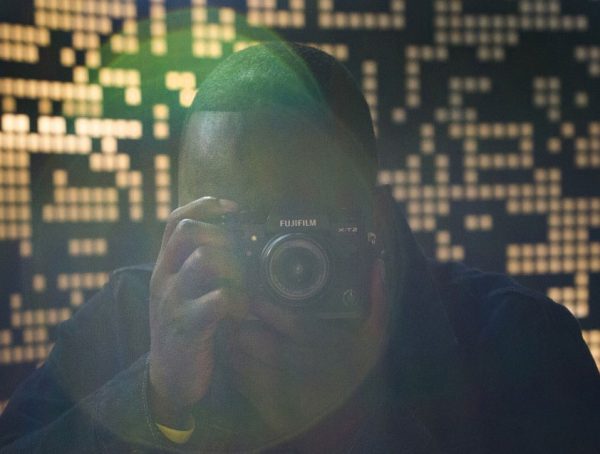
Photo courtesy: Annenberg Space for Photography
Sharon Farmer has been a professional photojournalist for more than 40 years. Most notably, she worked from 1999 to 2001 as the first African-American and first woman director of the White House Photo Office. Her time documenting the Clinton administration included photographing the launch of the Space Shuttle Discovery and the swearing-in of Nelson Mandela as the president of South Africa.
Farmer’s love of photography grew from watching photos being developed in a darkroom. She worked for her campus newspaper at Ohio State and then at a camera store before freelancing in Washington, D.C. Her work has been published in The Washington Post, the Smithsonian Institution and the American Association for the Advancement of Science, among others. She was interviewed recently at the Atlanta Photojournalism Seminar by Daniel Payne, a student at the University of Mississippi School of Journalism & New Media.
Q: How has your work changed you over time?
A: I’ve seen the planet—and my parents were afraid that I wasn’t going to travel. I enjoyed meeting all the different people. When we sit down at a meal together, they start talking about how life is for them in the country we’re in.
Just to even watch NASA do stuff. To go to the space shuttle launch and watch them take off and cram my neck up in the sky and go, “I am really here at NASA watching this stuff liftoff. Lord have mercy.” I cannot believe that my job leads me to NASA, leads me to the Native American reservations.
I’m more conscious about not mistreating people, to care more about ants, plants and animals, and just because I see a roach doesn’t mean I have to kill it. I’m going to let it go. Everything that’s here is here for a reason, and I don’t have the answer because I don’t go to church. I go golfing on Sundays. I think I commune with the ducks, geese and water, and see the blue skies and the green trees. That’s my homage, you know. That’s my homage to the planet. I want everything to thrive, especially if it lives.
Q: What do you want the audience to take away from your work?
A: That it’s still about people. That being on this planet is about being with all of us in a non-warfare-like environment where you have to worry about your house getting blown up and you’re scattered to the street, or you’re a refugee now and you had to run away from the place you were born so somebody doesn’t kill you because they don’t like your caste, or your color or your religion.
All these things we put up to divide each other from each other are so incorrect when the bottom line is that we’re human beings. That’s why we should care about each other. Human first: What happened to that?
Q: What advice do you have for other photographers?
A: If you have your camera and you see a shot, take it now! Because if I come back later, the scene is not the same. The light has changed. The thing I was trying to shoot has gone away. If you come back the next day and try to wait, you’ll be there all day waiting. You cannot replicate what you saw the day before. So, if I go to bed and I haven’t taken a picture I should have, I wake up going, “Damn, you saw that picture and you didn’t take that shot.” Those are the biggest regrets I always had. I regret nothing else. Everything else is a learning experience.
Never turn anything down, photo-wise. Even if it’s not paying the best money in the world, from every experience you have as a photojournalist or a photographer you get to take in an environment that you’re not normally in. The more environments you take in, the more you’re prepared for whatever’s coming your way, but you don’t know until it happens. When people say what kind of work they want done, I’m not sweating anything now. I used to worry about it: “What am I going to do? What am I going to do?” Now I’m cool. I can do that. I’m not nervous about it. I know the right questions to ask now, about everything when it comes to photography.
This interview has been edited for length and clarity.








